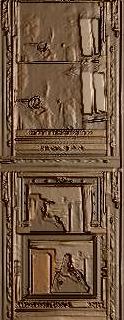Striker.
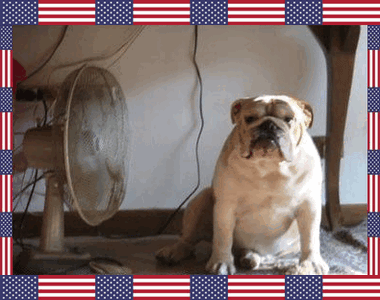
Son And Grandson Of Striker.
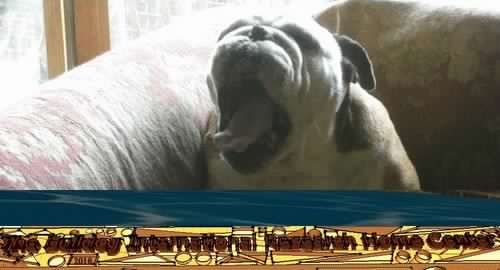
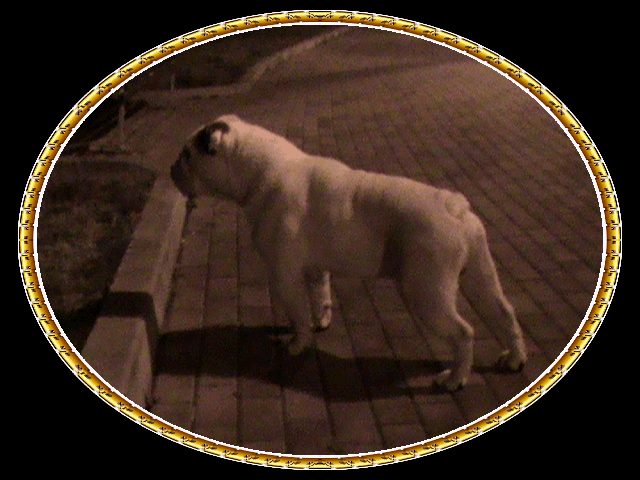
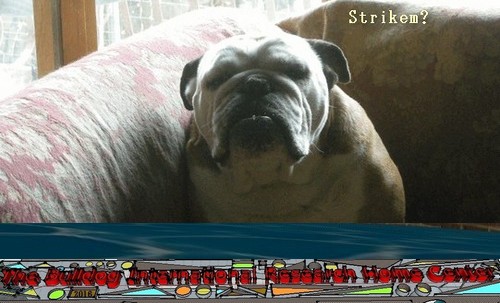


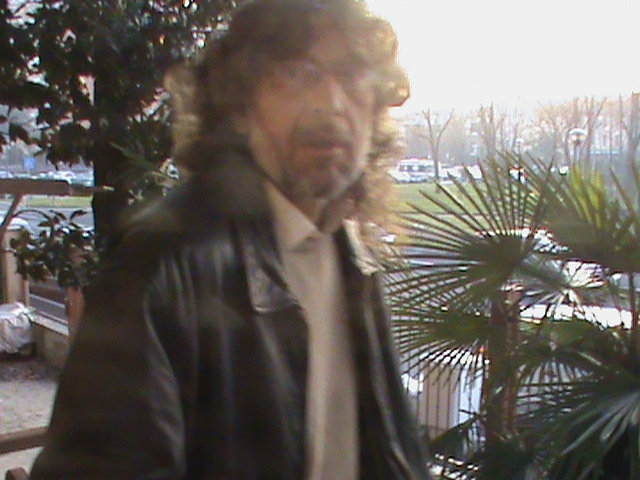 CONTACT: originalbulldogclub@gmail.com
CONTACT: originalbulldogclub@gmail.com


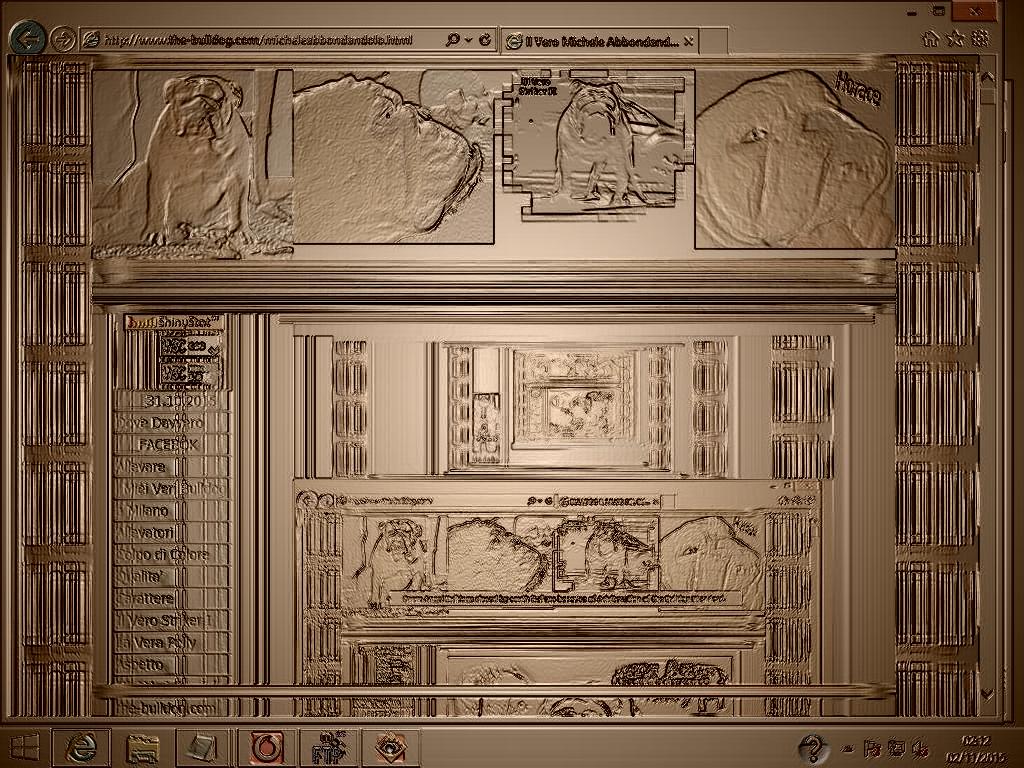
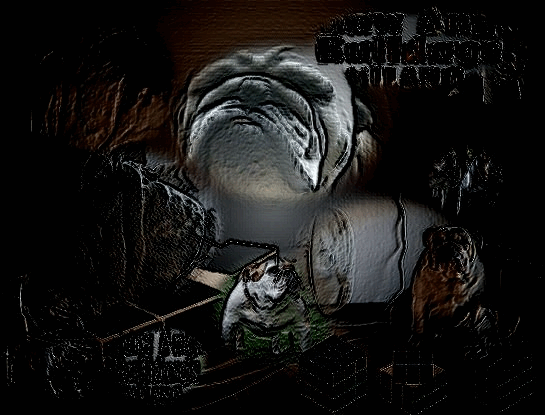


Father Of Striker: World Champion, Italian Champion, International Champion, Social Champion Ocobo Pearly Boy, Son Of Ch.Ocobo Tully. Mother: Tuffnuts Snow Angel, Daughter Of Ch. Tuffnuts Striker, Son Of Living Legend
Englsih Breeds of Dogs
In former works relating to dogs but small attention has
been devoted by the authors to the modes of classification adopted
by the earlier writers on the subject, a brief notice of the
principal cannot but be of interest. As to later works, in
several encyclopaedias there has been an attempt made to
classify the different varieties, but such classification has, so
far as our observation carries us, invariably been founded on
the structural development of the different breeds alone, and
aot unfrequently on comparison with the characteristics of
other animals, little or no attention having been paid to the
various temperaments and capabilities of the several breeds.
Visitors to the great shows of the present day, on the con-
trary, must be struck by the extreme simplicity of the
arrangement of the catalogues, which invariably divide the
candidates into two divisions, namely, one for sporting, and one for non-sporting dogs. In
our opinion this is an ample distinction, for all practical purposes ; since in the present day, in
consequence of dogs being so much better understood than they formerly were, the uses and
capabilities of each breed are well appreciated by those at all interested in them. Moreover,
the large increase in the number of breeds (owing to the manufacture of so many new varieties
of late years) has rendered an elaborate classification undesirable, as being likely to complicate
instead of facilitating the task of distinguishing between the various breeds.
The majority of the earlier writers on the dog, however, adopt different classifications in the
lists of dogs published by them, and these, being of some considerable historical interest, we
propose recapitulating ; whilst due attention shall be given to the scientific division of Cuvier,
in which the structural development of the dog is compared with that of other mammals.
Ik-fore turning our attention to the various works on the dog which have from time to time
appeared in our own language, we may mention that in the earlier part of the Christian era only
two races of dogs out of the sixteen or seventeen known to the ancients, are stated to have been
recognised by them as hunting dogs. These were Greyhounds, and dogs hunting by scent. Arrian,
however, also called the younger Xenophon, who wrote in the year A.D. 130, affirms that dogs
hunting by sight and not by scent were quite unknown in the time of Xenophon the elder. At the
same time Arrian, in his work above alluded to, most accurately describes our modern Greyhound ;
and the anonymous translator of this writer, who has been the means of rendering his works so
popular, fairly shows the dog to be of Celtic origin.
The earliest work on dogs in English is a MS. in the British Museum, entitled the
" Mayster of Game," and is written by Edmund de Langley. This work was published in the
fourteenth century, and deals principally with hunting subjects, though frequent allusion is made
to dogs therein.
The earliest printed work in the English language in which the various breeds of dogs then in
existence are referred to, is the "Book of Field Sports," written by Dame Juliana Berners, Prioress
of Sopwell Nunnery, in Hertfordshire. This lady, who was born about the end of the fourteenth
century, thus expresses herself in the above work : "Thyse ben the names of houndes, fyrste there
is a Grehoun, a Bastard, a Mengrell, a Mastif, a Lemor, a Spanyel, Raches, Kenettys, Teroures,
Butchers Houndes, Dunghyll dogges, Tryndeltaylles, and Pryckeryd currys, and smalle ladyes
poppees that bere awaye the flees." From this catalogue it would appear that the list of dogs which
came under Miss Berners' notice was a very limited one. It is, however, an important one ;
inasmuch as it shows that many of the breeds of dogs then in existence have retained at least
their names until the present time, in spite of the vast increase in number of breeds.
The next work from which we are able to quote is a. short treatise on English dogs, originally
written in Latin, by Dr. John Caius, physician to Queen Elizabeth, and published in 1576-
There was, however, also a translation of the work in old English, which we quote as more
clearly showing the ideas of the time. According to Dr. Caius
( A gentle kind, serving the game.
All Lnghshe dogges be).,
A homely kind, apt for sundry necessary u
' A currish kind, meet for many toyes.
The first of these three classes is divided by Dr. Caius into two sections viz., Venatici, which
were used for the purpose of hunting beasts ; and Aucupatorii, which served in the pursuit of
fowl. The Venatici arc treated by this author as follows :
Dogges serving y pastime of hunting beastes are divided into
Leverarius, or Harriers.
Terrarius, or Terrars.
Sanguinarius, or Bloodhounds.
Agaseus, or Gazehounds.
Leporarius, or Grehounds.
Lorarius, or Lyeminer.
Vertigus, or Tumbler.
Canis furax, or Stealer.
The next section of Dr. Caius's work is taken up by the dogs used for pursuing fowl,
Aucupatorii, which consisted of-
Dogs used or Setter.
fowling. ( Aquaticus, or Spaniell.
Section three is entirely devoted to the Spaniell Gentle, or Comforter. And Section four
consists merely of
Canis Pastoralis, or the Shepherd's Dogge.
The Mastive, or Bandogge,
called Canis Villaticus, or
Carbenarius.
In the sixth section are the which hath
sundry names derived from sundry circumstances, as
The Keeper's or Watchman's.
The Butcher's Dogge.
The Messinger's or Carrier's.
The Mooner.
The Water Drawer.
The Tinker's Curr.
The Fencer.
Admonitor, or Wapp., Vernerpator, or Turncspet, Saltator, or Dauncer.
The varieties of dogs contained in these six sections prove that there was at all
events a considerable increase in the number of the breeds of dogs between Dr. Caius's time
and that of Dame Berners. The former, however, is extremely vague and rambling in many
of his statements concerning the dogs he describes in his work ; but the value to be attached to
that will scarcely be diminished by this fault on his part, when it is remembered that Dr. Caius's
work is the first book published in the English language which solely confines itself to the various
breeds of dogs, and the manner of hunting them.
Shakespeare seems to have been a student of Dame Juliana Berners' work, for in King Lear,
Act III., scene 6, the following lines occur:
" Be thy mouth or black or white,
Tooth that poisons, if it bite.
Mastiff, greyhound, mongrel grim,
Hound or spaniel, brach or lym,
Or bobtail tike, or trundle tail,
Tom will make them weep and wail ;
For, with throwing thus my head,
Dogs leap the hatch, and all are fled."
Linneuis, in his classification of animals, enumerates the following breeds of dogs :
Canis Familiaris, or Faithful Dog.
Canis Domesticus, or Shepherd's Dog.
Canis Pomeranus, or Pomeranian.
(The above being the Chien Loup, or Wolf-dog of Button.)
Canis Sibiricus, or Siberian Dog.
Canis Islandicus, or Iceland Dog.
Canis Aquaticus Major, or great Water Dog (Grand
Barbet).
Canis Aquaticus Minor, or lesser Water Dog.
Canis Brevipilis Pyramc.
Canis Parvus Melitans, or little Maltese Dog.
Canis Extrarius,
Canis Hyspanicus,
Canis Pilosus, or Hairy Maltese Dog.
Canis Leoninus, or Lion Dog.
(This was a small dog, having long hair on the fore-part of the
body like a lion, the hinder part only growing short hair.)
Canis Variegatus, or Little Danish Dog.
Canis Hybridus, or Bastard Pug Dog, also called Roquet.
Canis Fricator, or Pug Dog.
Canis Molossus, or Bulldog.
Canis Anglicus, sometime Bellicosus, or Mastiff.
(The above is the Canis Mastious of Ray).
Canis Sagax, or German Hound.
Canis Gallicus, Hound.
(Also C. G. Venatorius, or sagacious Hunting Dog.)
Canis Scoticus, Bloodhound.
Canis Avicularis, Pointer.
Canis Aquatilis, Barbet (see above).
Canis Cursorius, Greyhound.
Canis Hibernicus, Irish Hound.
Canis Turcicus, Turkish Hound.
Canis Graius, Scotch Hunting Dog.
Graius Hirsatus, rough Scotch Hunting Dog.
Canis Italtcus, Italian Greyhound.
Canis Orientalis, Persian Greyhound.
Canis Egyptius, Hairless Greyhound.
Cants Laniaris, Lurcher.
Canis Fuillus, Boarhound.
Canis Vertigus, Turnspit.
Canis Amcricanus, the Ala.
Canis Antarcticus, New Holland Dog.

THE BULLDOG-TERRIER - 1846
Gervase Markham and Nicholas Cox, in the works they publish, allude chiefly to sporting
dogs and their functions, at the same time making the smallest allusion to such varieties as
did not enter into their sports. The writings of these authors cannot therefore be considered
as standard works on the dog, nor do they apparently profess to be so.
Since the time of Linnaeus several of the above varieties have apparently ceased to exist,
while others have become amalgamated with each other, but it is still evident that many
breeds alluded to by the Swedish naturalist arc the originators of similar varieties in exist-
ence at the present day.
In Daniel's " Book of Rural Sports," published in the early part of the present century
a subdivision of British dogs into the three following sections appears : A. The most
generous kinds ; B. Farm Dogs ; C. Mongrels. Of these the former is again subdivided into
three subdivisions viz., (i) Dogs of chase; (2) Fowlers; (3) Lap-dogs; in fact, the classifi-
cation of Dr. Caius is exactly carried out by the writer.
Daniel's work also reproduces a very curious genealogical table of the different races of
dogs which Buffbn drew up, in which all are described as originating from the Sheep-dog.
This theory scarcely demands contradiction ; but we append the table, which is of considerable
interest as representing the ideas of that great naturalist.
The arrangement adopted by Cuvier is regulated, as we have said before, chiefly by the
structural development of the various breeds. He divides the canine world into three groups
namely, Matins, Spaniels, and Dogues. In considering the first group Matins he observes
that the anatomical character of the division are head more or less elongated, with the parietal
or side bones gradually drawing towards each other. In this category he includes the Dingo
or New Holland Dog, the Molossus, the Danish Dog, the lesser Danish or Dalmatian Dog,
Scotch and Irish Greyhounds, Italian Greyhound, and the Boarhound.
Spaniels, or the second group, have the head only moderately elongated, and the parietal
bones do not approach each other, but swell out so as to enlarge the cerebral cavity.
In this division, in addition to the various breeds of Spaniels, there are included New-
foundlands, Alpine Spaniels (this breed is described as partaking of the appearance both of a
Newfoundland and Mastiff, and no doubt belonged to the St. Bernard species, from the stories
related concerning their rescue of benighted travellers), the Hound, the Sheep-dog, and the
Wolfhound.
The third division Dogues comprised those breeds in which the muzzle is more or less
shortened, the skull high, the frontal sinuses considerable, and the lower jaw extends beyond
the upper. In this group Cuvier includes the Bulldog and the Mastiff ; but it certainly appears
that the Mastiff is considerably out of place amongst a class of dogs whose leading charac-
teristic is being underhung ; in addition to which the Molossus, or Mastiff, is included by
him in the first group.
Bewick's work is chiefly valuable on account of the engravings contained in it, as the letter-
press so closely follows the dicta of former writers. The illustrations, however, render this book
highly interesting.
Having now enumerated most if not all of the earlier writers of importance upon the dog,
and the divisions created by them, and having already expressed the opinion that for present
practical purposes the division of sporting dogs from their non-sporting relations is sufficient, we
may now proceed to the practical details of our subject, adhering in this work to the divisions
adopted by the leading show committees in the arrangement of their catalogues.
Vero Shaw
THE BULLDOG-TERRIER - 1846
This dog is a cross between the bull-dog & the terrier, and is generally superior, both in appearance & value, to either of its progenitors. A second cross considerably lessens the underhanging of the lower jaw, & a third entirely removes it, retaining the spirit & determination of the animal. It forms a steadier friendship than either of them, & the principal objection to it is its love of wanton mischief, & the dangerous irascibility which it occasionally exhibits.Sir Walter Scott, a warm friend of bull-dog terriers, & whose veracity cannot be impeached, gives an interesting account of a favourite one belonging to him.
"The cleverest dog I ever had was what is called a bull-dog terrier. I taught him to understand a great many words, insomuch that I am positive the communication between the canine species and ourselves might be greatly enlarged. Camp, the name of my dog, once bit the baker when bringing bread to the family. I beat him, and explained the enormity of the offence; after which, to the last moment of his life, he never heard the least allusion to the story without creeping into the darkest corner of the room. Towards the end of his life when he was unable to attend me while I was on horseback, he generally watched for my return, and, when the servant used to tell him, his master was coming down the hill, or through the moor, although he did not use any gesture to explain his meaning, Camp was never known to mistake him, but either went out at the front to go up the hill, or at the back to get down to the moor-side."
- ___Hoaxer_
-

- __Homepage
-

- ____ Hocum
-

- _____Grooming
-

- Homomorphism
-

- ____Homeboy
-

- ___Hooky
-

- ___House-Room
-

- _____Bull
-

- ____Hulking
-

- _____Hue
-

- ____Bulldog
-

- ____Hobby
-

- _____Bully
-

- ____Bullies
-

- ____Puppy
-

- ___Rules
-

- ___Hushed
-

- ____Skull
-

- ___Hygiene
-

- __Hygeian
-

- ___Illness
-

- ____Sickness
-

- ___Healing
-

- Book Exchange
-

- ____Females
-

- Funny Names
-

- ___Kennels
-

- ___Concerns
-

- _____Price
-

- ___Expo
-

- ____Girl
-

- ___Science
-

- ___For Sell
-

- ____Shop
-

- Cheap Puppy
-

- _____Clubs
-

- ____Images
-

- ____Animals
-

- ____News
-

- Hoary Problem
-

- __Nelson
-

- ___Polly
-

-
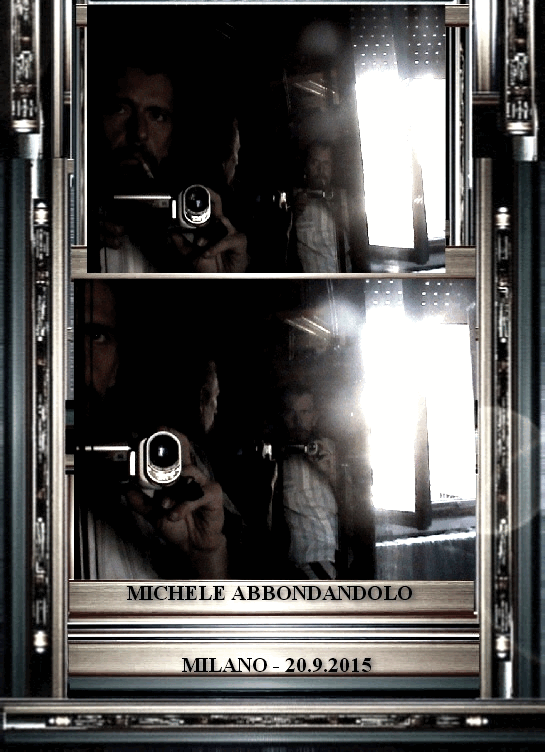


-

- ___Striker

-

